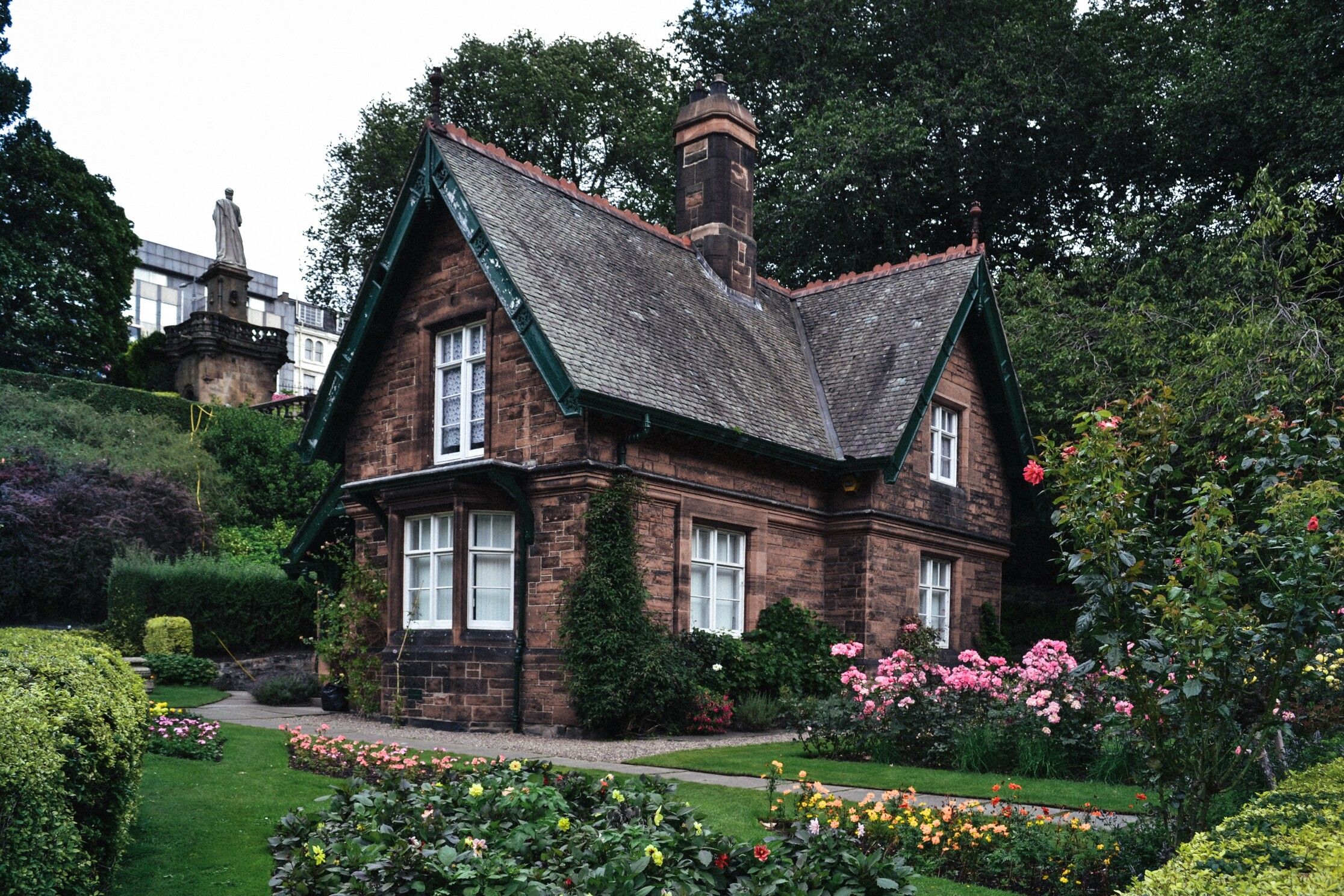Under the Hood - Websites
Posted on:
A Website has a number of parts:
- Street Address - Your WWW address (often a domain name)
- House - A host (a place where the webpage files live)
- Garden and Fittings - Content (the images and text)
Your Address Online (Your Domain)
A domain is a series of pointers. In the same way that 42 Wallaby Way Sydney has a city, a street, and a number, a domain has similar information coded into it. You might be familiar with Australian government sites such as:
The AU shows it is the Australian website, and the GOV.AU domain is restricted to government services only.
Our website is located at:
We have chosen DESIGN as our extension so that you know from the very beginning that we design webpages. If you want to be found easily, your domain name should be easy to remember, relevant to your business, and available! Domains used to take weeks to set up and were very expensive. In Australia, you have to prove your business exists with an ABN/ACN before you can purchase a .COM.AU domain.
The House (Your Hosting Service)
Your webpage is a bunch of information sitting on a computer somewhere. If we consider the webpage files to be the House, the Host is charging your rent!
As Host, they are a crucial part of your online team. If your host is suffering, offline or terrible at providing services, your website is going to suffer too. It won't matter how great your house is, if the land is sinking and costs too much for you to maintain, then you are in trouble.
Host expenses include traffic to and from your website, the physical rent and servers to provide the webpage, support, business expenses and more. For you as a client, the amount of traffic on your page is a crucial aspect of hosting.
Does your business hum along steadily, or face constant peaks and surges? If your webpage goes viral, what will happen? Your webpage requirements are built into your hosting package, so always ask about surge capacity!

Garden and Fittings - (Your Content)
I like a lush garden, but every one wants something different. Your content is your chance to wow your customer, make them feel at home, and make them feel connected with you.
Your customers want YOU - and we need to find ways to make their experience of they website carry your company's brand at every step. If you know your branding, you will already have developed resources and logos, perhaps even selected colours, fonts and imagery that conveys who you are to your customers.
You will need this on hand for your web designer! The clearer you image of your business, the easier (and faster) to design your perfect page!
Just like you need to decide the placement of the roses, or if your garden is a cottage style, veggie garden or full of rare delicate orchids, you also need to provide your designer with the text on the website. You will need information on who you are, what your business does, and why you're the best choice. Most webpages will also have a Frequently Asked Questions section, which should comprise of the most common questions you get asked, and the answers in plain English.
Putting It All Together
A good, solid website is your best asset online. A well designed webpage should be crafted it carefully by your designer with thorough consultation with you. Your customer's needs must be the forefront of any well designed page as it welcomes them into your space. Your website should generate leads, develop trust and support your customers through their sales journey and into your hands.
